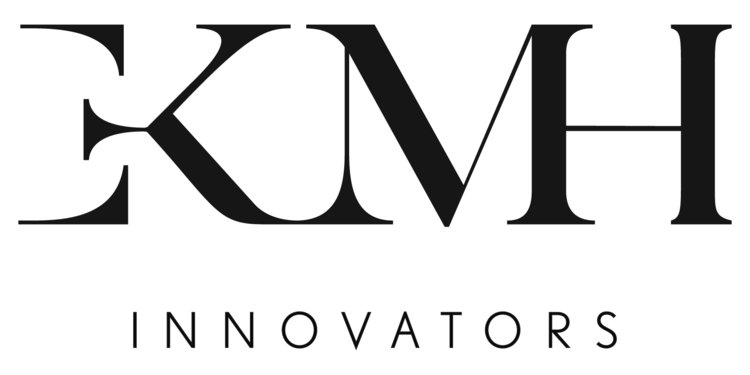An interview series spotlighting global tech influencers, disruptors, visionaries, and of course, innovators.
Best wishes for a prosperous and healthy 2022!
We’ve reached the last prediction of these year’s series! Many thanks to the inspiring trailblazers who shared their insight and whose innovations and leadership will continue to guide us into a brighter future.
To recap, this year’s EKMH Innovators’ predictions have covered a gamut of sectors, topics and trends, including blockchain, DeFi, TradFi, cryptocurrency, NFTs, health tech, GameFi, metaverse and data.
For those readers not yet familiar with Geeq, its team continues to build a multi-blockchain platform whose technology aims to be “unrelentingly customer-focused.” Geeq’s protocols offer a decentralized service to process micropayments on-chain and at scale. Geeq also has invented a unique way to mint NFTs for predictably low fees, as well as a way to trade them securely through atomic swaps, without depending on smart contracts.
Almost two years to the day Geeq Founder & CDO / Tech Entrepreneur / Braintrust Member Stephanie So was featured in the Innovators series and has since been a frequent contributor and supporter. It’s a pleasure to tap again into Stephanie’s invaluable insight and learn her predictions for 2022:
1. NFTs. Love them or hate them, all eyes were on NFTs in 2021. The reactions to NFTs were like the reactions to crypto and blockchain on steroids. They were embraced by many and heralded as the key to a new era. Others dismissed them out of hand.
NFTs, or “non-fungible tokens”, are not confined to collectibles or the arts. They have a distinct and generic economic meaning. “Non-fungible” means the asset (in this case, a token with certain properties), is not identical to another in some way, increasing the probability that they will differ in market value.
NFTs depend on blockchain technology, and the technology used has and will have a profound effect on NFT market dynamics which shows up immediately as differences in costs. For example, Ethereum is limited in its ability to handle volume (the scaling problem), so it roughly allocates priority through fee auctions. When a collection of NFTs is minted, the “gas price” or cost of doing anything is bid up. Even die-hard supporters of Ethereum have expressed dissatisfaction with gas prices this year.
The gates are open and projects large and small are wanting a piece of the NFT action. As in crypto, the success or failure will depend on all the underpinnings of these markets: a combination of the legal framework and the way in which they are sold, whether the project has a sustainable model or not, and which technology is used.
2. Along with NFTs and Web3, there are enthusiastic references to tokenizing everything. I interpret this to mean that the popular imagination is moving on from trying to create forms of currency to trying to create items to own (and sell), down to a tweet. Even if the frictions of creating and enforcing ownership of tokens are resolved substantially this year, there is still the problem of how to make payments for them on-chain, at scale.
In other words, right now the “quantity” side of the market is the focus. Sooner or later, I believe attention will have to shift to the pricing and payments side of the market.
Stephanie has also written several pieces on NFTs and micropayments, including:
https://coinpedia.org/guest-post/browser-based-micropayments/
https://en.cryptonomist.ch/2021/03/20/nft-popularity-legal-questions/
https://en.cryptonomist.ch/2021/09/03/nfts-industry-change/
https://en.cryptonomist.ch/2021/10/24/is-nft-gaming-ready-for-the-big-league/
https://cointelegraph.com/news/the-metaverse-will-bring-unbridled-evolution-to-nfts
Curious about past predictions? Click here to read more about expert insights on 2017 marketplace lending, 2018 crypto, 2018 blockchain, 2018 fintech, 2019, 2020 and 2021 predictions.
Search below or check MuckRack to access thousands of interviews, articles and predictions in the EKMH Innovators Interview Archive. Be an active part of the conversation.

